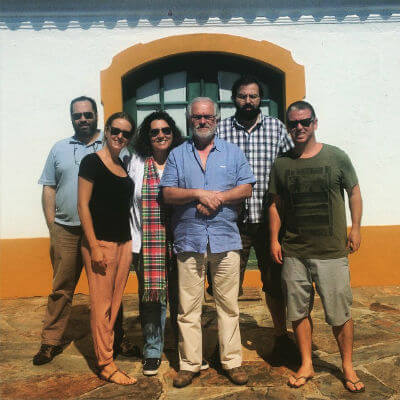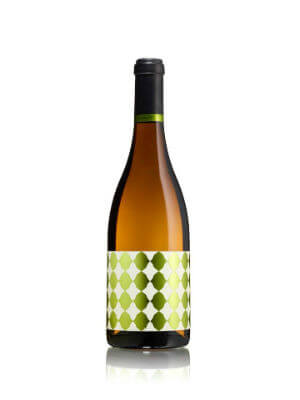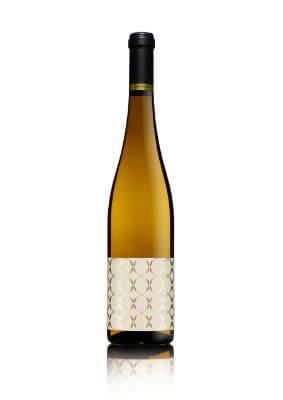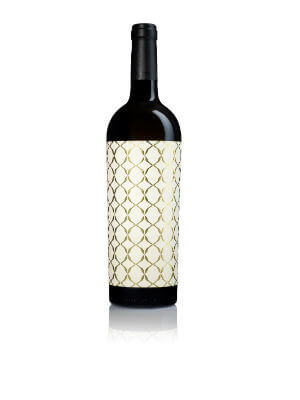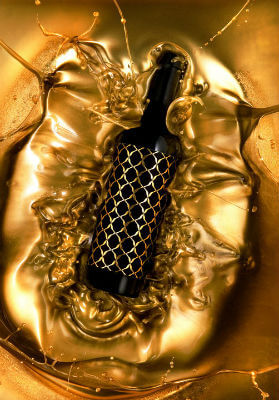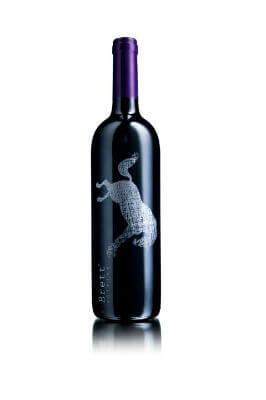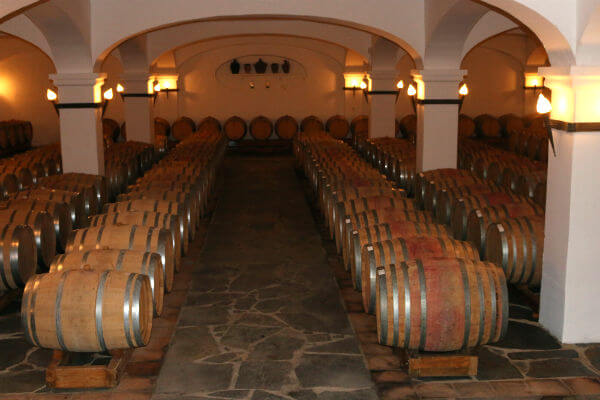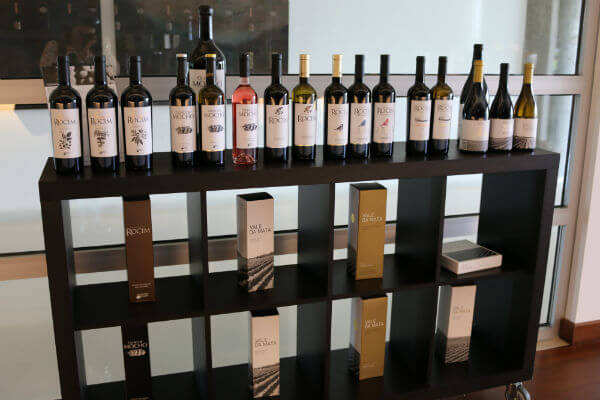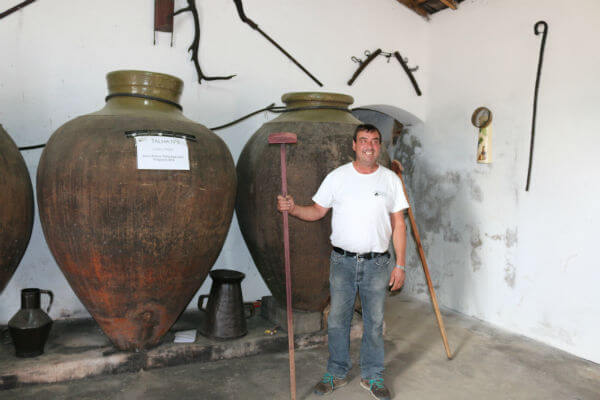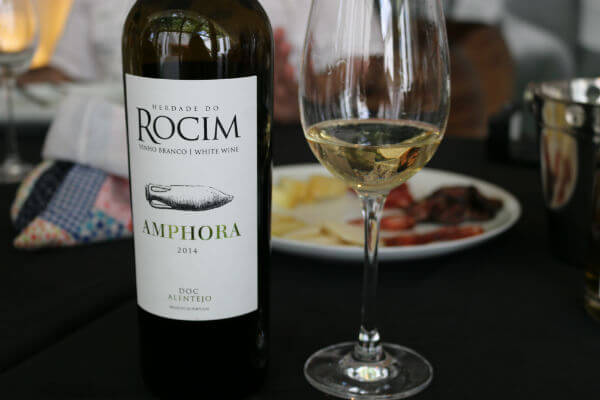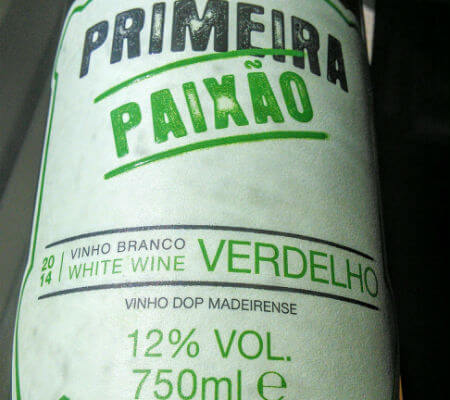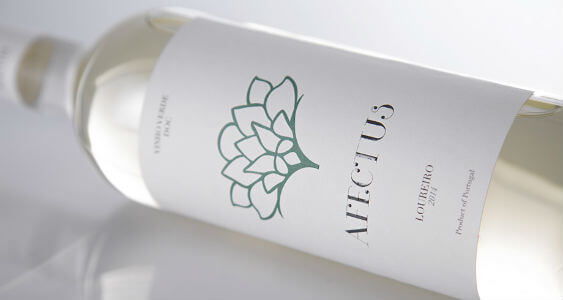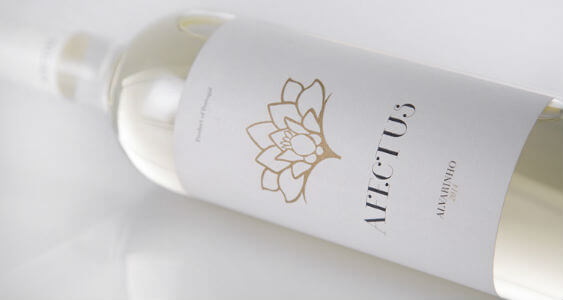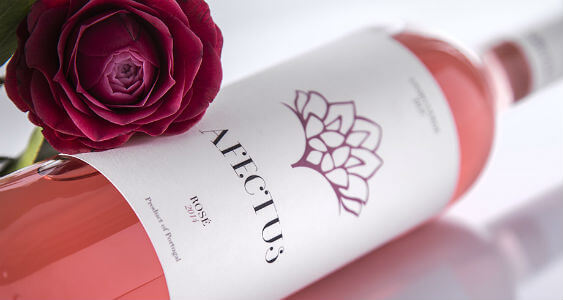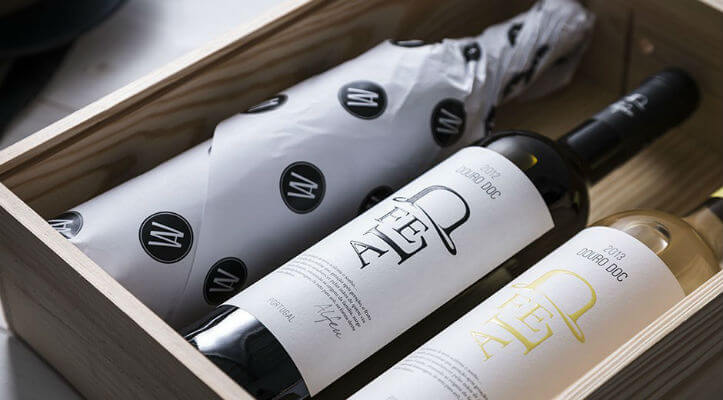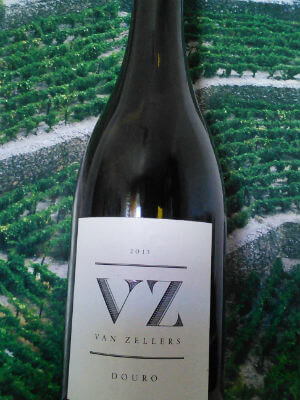Alentejo is a great region
Text João Pedro de Carvalho | Translation Jani Dunne
This text is but a very personal opinion about the land and region where I was born, Alentejo. I love walking around there; I love being carried through the scents and flavours that branded my memory from a tender age. It’s the motherland calling, the family calling, whom I was pulled away from when life had other plans for me; it is now so far, I cannot hold it whenever I please.
My destination was the same as that of many other generations born in Alentejo, the latter a poor land which has always thrived on the blood, sweat and tears of its people. That same old fate: moving to the city in search of a better life. In my case, I came to Lisbon to study, 125 miles away from my hometown, Vila Viçosa, and stayed. I have always made sure I live near fields; the fields that whether green or gold continue to feed and to season every generation.
That very need also generated an aroma-influenced style of cooking, which collected the best of every influence left behind by each civilisation passing through. This style, so rich and unique that it still delights so many people, was the same that fed those, who in difficult times had to make do with very little; and those who, although unaware, slowly composed the cuisine, some times on par with a luxurious Conventual Confectionary growing simultaneously taking root in the long line of religious orders settled in the many convents of the region.
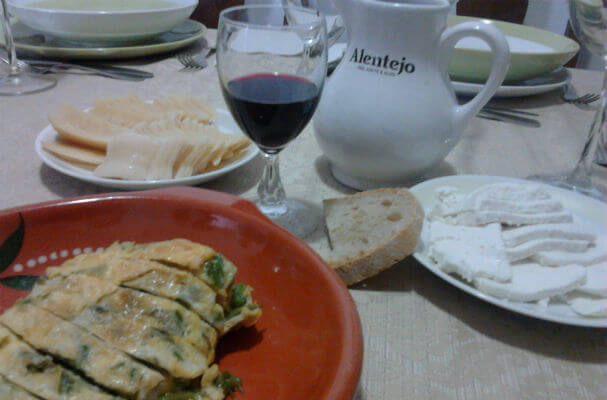
Alentejo – Photo by João Pedro de Carvalho | All Rights Reserved
But wine shall be the subject of our interest. It was brought by the Roman culture in clay pots, their own technique still used in our days. Although the technique for designing the pots was forgotten in time, that does not stop producers from North to South of Portugal from searching for said pots. We will very soon be seeing that “trend”, which is not new at all, emerge in the market from Vinho Verde to Douro, Bairrada, and Lisbon.
As for more modern times, Alentejo wine has conquered the Portuguese market in its own merit when it comes to sales. They needed only a decade, if so much, to shift from what was at the time an uncomfortable position to a permanent spot in the top sellers. Quality has always been present in the wines since early in the day; to confirm that, one need only travel back a few decades, passing through a few of the most important references in oenology from that region, and why not, even nation-wide. Anyone who can point a finger at an entire region to accuse its wines of lacking freshness/acidity, and of being unable to age in a bottle with dignity, simply have no idea what they are talking about. From the most recent articles about visits to Alentejo-based producers to the more classical examples of iconic wines that made it in great shape until today. And the list is as long as the years of harvests, even leaving the 90s out – because that would make it much longer – I will cite a few earlier examples such as José de Sousa Tinto Velho (Old Red) 1940 or even 1961 and 1986, Mouchão 1954 or 1963, Quinta do Carmo Garrafeira 1985 or 1986, Tapada Chaves 1971 or the 1986, Adega de Portalegre 1986, etc.

Alentejo – Photo by João Pedro de Carvalho | All Rights Reserved
Then came the wine revolution, leaving the past behind. In the following years, a part of Alentejo wine was held hostage to experimentation and adaptation by people who were making wine for the first time, and unable to fully guarantee their ability to properly outline a new profile for the region. Only now is that revolution beginning to reap its benefits alongside others, which meanwhile acquired the title of the region’s true classics. This rebirth, of sorts, of an entire region together with a new batch of fresh wines, which often counteract with elegance, and with a more austere profile ensuring a healthy longevity, although maintaining the charismatic Alentejo touch until the end. Just as the styles and varieties, aromas and flavours spread, so do the many sub-regions, or even the grounds where variety allows us to find schist, clay, sand or limestone. Adding gastronomy and the people, my beloved Alentejo has all it takes to remain one of the best regions in Portugal.



